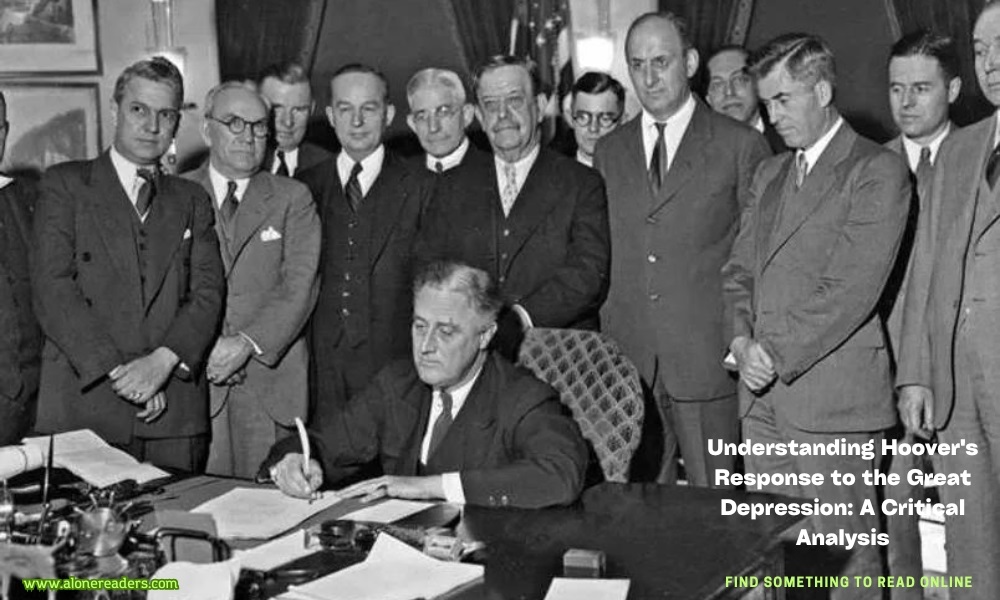
During the tumultuous era of the 1930s, the United States faced one of its most severe economic crises: the Great Depression. The stock market crash of 1929 marked the beginning of a decade-long economic downturn that affected millions of Americans. At the helm during the early years of this crisis was President Herbert Hoover, whose policies and response have been widely criticized as inadequate and ineffective. This article delves into Hoover’s approach to handling the Great Depression and examines why his administration is often seen as having failed to act effectively.
Herbert Hoover came into the presidency in 1929 with a background as a successful mining engineer, Secretary of Commerce, and administrator of humanitarian efforts in Europe during and after World War I. His reputation as a capable administrator fueled expectations that he would handle the emerging economic crisis adeptly. However, Hoover's philosophy of government and his response to the economic collapse did not meet the desperate needs of the time.
Hoover's approach to the Great Depression was grounded in his belief in American individualism and the principles of limited government intervention. He maintained that federal government should not step directly into economic affairs or provide direct relief to the unemployed. Instead, Hoover advocated for a voluntary response from businesses and local governments to maintain employment and wage levels. He believed that preserving the structural integrity of the economy, without resorting to what he considered as socialism or extensive government control, was paramount.
This stance resulted in Hoover's reluctance to provide direct federal aid to the unemployed masses. Instead, he focused on indirect methods such as urging businesses to keep workers employed, supporting local relief efforts, and initiating public works projects like the Hoover Dam to stimulate job creation. These public works projects, although significant, were insufficient to turn the tide of the economic depression. The lack of immediate and direct federal assistance led to widespread misery and escalating public dissatisfaction.
One of Hoover’s significant initiatives was the creation of the Reconstruction Finance Corporation (RFC) in 1932, which aimed to provide emergency loans to banks, insurance companies, and other institutions. Hoover believed that by supporting these institutions, the benefits would trickle down to the average citizen through increased employment and economic stability. However, this indirect aid was too slow and did little to alleviate the immediate hardships faced by everyday Americans. Furthermore, the RFC was seen as a bailout for the wealthy and did little to dispel the image of Hoover as indifferent to the plight of the average citizen.
Moreover, Hoover's administration was marked by a few disastrous decisions that exacerbated public perception of his ineffectiveness. The most notable of these was his handling of the Bonus Army in 1932, when thousands of World War I veterans marched on Washington, D.C., to demand early payment of a promised bonus. Hoover's decision to use military force to disperse the veterans stained his public image and underscored his administration's failure to constructively engage with the suffering populace.
As the Depression wore on, Hoover’s policies seemed increasingly out of touch with the harsh realities of widespread unemployment and poverty. His insistence on maintaining a balanced federal budget and his resistance to radical economic measures made his administration seem aloof and uncaring. In contrast, the subsequent Roosevelt administration's New Deal policies were seen as more proactive and responsive, which helped to restore public confidence and shift the economic recovery into a new phase.
In conclusion, Herbert Hoover’s response to the Great Depression was marked by a significant disconnect between his administrative philosophy and the practical needs of the American people. His commitment to volunteerism, limited government intervention, and indirect aid through institutional support failed to address the urgent needs of millions of Americans. This led to a perception of his administration as largely ineffective in tackling the worst economic crisis in modern American history. While Hoover was not solely responsible for the Depression, his failure to adapt his policies to the realities of the crisis significantly hampered the nation’s recovery efforts during his presidency.